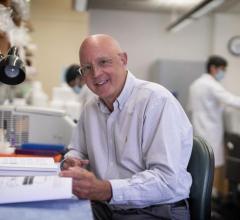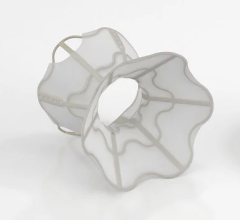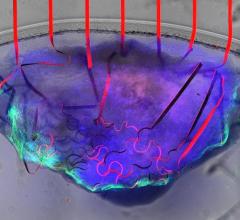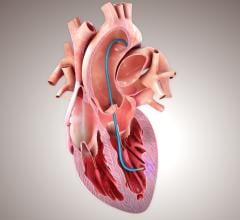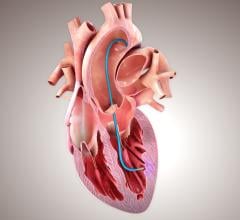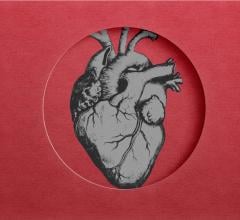December 28, 2015 — National Cheng Kung University (NCKU) in Taiwan and Duke University School of Medicine are collaborating to develop a counter-pulsation left ventricular assist device (VAD), The device has been in development for about 10 years and is designed to be a bridge to help failing heart recover instead of a VAD to simply support the heart long enough to enable a transplant.
Duke and NCKU held a workshop Dec. 22 at the Heart Science and Medical Devices Research Center, NCKU. After workshop, they carried out an in-vivo test of the para-aortic blood pump (PABP) ventricular assist device implantation on calf. The goal is for first in human implant in 2018
Carmelo A. Milano, professor and surgical director for Heart Transplant and LVAD Program, and doctors Mani Daneshmand, Roberto Manson and Dawn E. Bowles from Duke University School of Medicine were invited by Prof. Pong-Jeu Lu, the inventor of PABP, to attend the workshop and surgery.
Lu has been leading his research team to develop the PABP for over 15 years. He said, PABP is a new type of left ventricular assist device (VAD), which has completed major design, prototype manufacturing and testing after more than 10 years of effort.
He also noted that the PABP is designed to provide long-term counter-pulsation therapeutic support, minimize bleeding complications and support the ultimate goal of creating a bridge-to-heart recovery, rather than a bridge to a heart transplant.
The current stage of design is focusing on simple and safe implantation for minimally invasive surgery, minimizing device and surgical costs to increase affordability, according to Lu.
“It has been significant improvement in the design and the deployment of the device,” said Daneshmand, adding “It’s getting closer to the intended goal which is a minimum invasive implant.” He also said that they are very proud of how much effort Professor Lu and his team put into this excellent development.
Professor Lu mentioned the improvement in design of the blood pump from one-piece to two pieces.
“Having the device into two pieces made the introduction of the aorta easier, reducing the difficulty with the insertion for the device,” Milano explained
“I think the device will be incredibly useful in American market,” said Manson adding, “It is simple and it has a function that none of the current devices have because it bridges to recovery. And it’s reliable and inexpensive which would be not only good therapeutically but also doing a good to a lot of needy people.

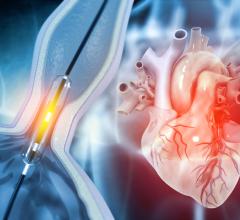
 April 16, 2024
April 16, 2024 
